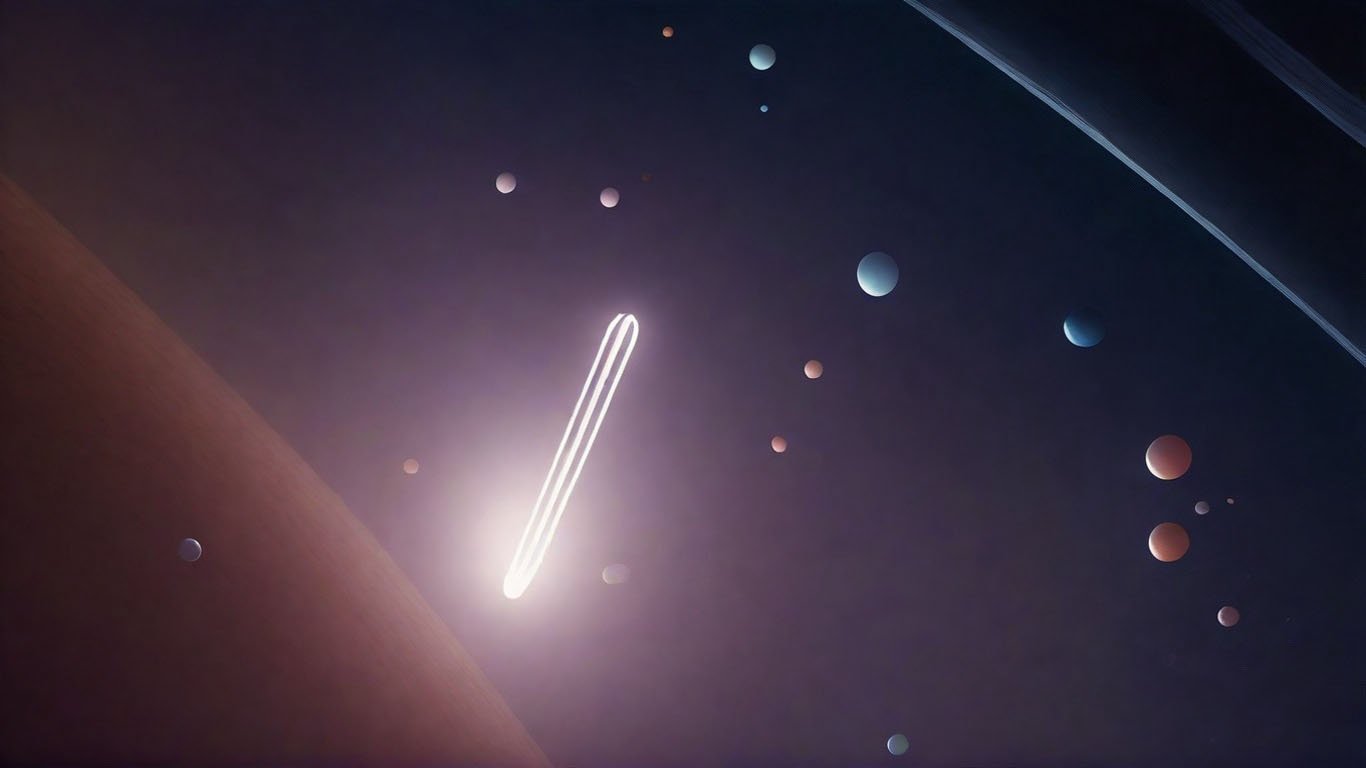A breakthrough paper published Jan 2024 by serval titled: “Plasmas in the Thermosphere: UAP, Pre-Life, Fourth State of Matter,” is a comprehensive analysis of plasmas in the thermosphere and their potential connection to extraterrestrial life is presented. The study discusses the behavior of self-illuminated “plasmas” resembling multicellular organisms, filmed on NASA space shuttle missions, exhibiting different morphologies and interactions with electromagnetic radiation. These plasmas are not biological entities but may represent a form of pre-life, potentially leading to RNA synthesis. The document provides evidence of plasmas exhibiting life-like behaviors, attraction to electromagnetic activity, and descending into thunderstorms, suggesting a possible explanation for UFO-UAP sightings over centuries.
Furthermore, the study details the interactions of plasmas with satellites, space shuttles, and thunderstorms, as well as their computerized flight path trajectories and velocity vectors. The plasmas’ diverse behaviors, such as acceleration, collisions, and cannibalization of energy, are reminiscent of characteristics observed in simple multicellular organisms. The document also draws parallels between the observed behaviors of plasmas in the thermosphere and the ecological niches proposed by Carl Sagan for hypothetical upper atmospheric Jovian organisms.
Additionally, the study discusses the historical context of “Foo fighters,” unidentified aerial phenomena encountered by pilots during World War II, and their similarities to the observed behavior of plasmas. The document presents eyewitness accounts, photographs, and military reports of interactions between “Foos” and warplanes, highlighting their incredible speed, maneuvers, and attraction to aircraft.
In conclusion, the document suggests that the observed plasmas in the thermosphere may not only provide insights into pre-life conditions and the potential for RNA synthesis but also offer a potential explanation for historical UFO-UAP sightings and encounters. The study provides a comprehensive analysis of the observed behaviors of plasmas and their potential implications for understanding extraterrestrial phenomena.
What behaviors have been observed in the plasmas documented in the thermosphere?
The plasmas observed in the thermosphere have exhibited a range of complex and life-like behaviors. These behaviors include speeding up and slowing down, hovering in place, pulsating as they move, displaying dramatic shifts in velocity and trajectory, and engaging in behaviors similar to simple biological organisms. Additionally, the plasmas have been observed to grow in size, replicate, make contact and intersect with one another, release plasma-dust trails, and engage in what appears to be hunter-predatory behavior, accelerating and piercing other plasmas. They have also been documented congregating around satellites generating electromagnetic activity, descending into thunderstorms, and changing velocity and direction, making sudden turns and following, colliding, and intersecting with each other. These behaviors are consistent with the characteristics of plasmas as a fourth state of matter and have been observed in various space shuttle missions and documented in scientific literature.
Carl Sagan’s hypothetical upper atmospheric Jovian organisms.
The plasmas observed in the thermosphere exhibit behaviors and characteristics that bear similarities to Carl Sagan’s hypothetical upper atmospheric Jovian organisms. Sagan proposed three ecological niches within Jupiter’s upper atmosphere, populated by species adapted to those atmospheric environments. These included primary photosynthetic autotrophs (“Sinkers”), larger organisms that could be autotrophs or heterotrophs (“Floaters”), and “Scavengers” and “Hunters,” which are more intelligent and engage in predatory behavior. The plasmas in the thermosphere have been observed to engage in behaviors similar to simple marine organisms, such as floating on water and congregating in the thermosphere and descending into thunderstorms. They also exhibit life-like behaviors, such as acceleration, collisions, and cannibalization of energy, reminiscent of characteristics observed in simple multicellular organisms. Additionally, Sagan hypothesized that the upper atmospheric “Hunters” could grow to be many kilometers in size, which aligns with the observed behavior of plasmas in the thermosphere, as they have been filmed congregating around satellites and changing velocity and trajectory, displaying dramatic shifts in behavior and engaging in “hunter-predatory” behavior. Furthermore, Sagan theorized that the atmospheric Jovians would have metabolic and photosynthetic parameters typical of terrestrial algae but adapted to the Jovian environment, which resonates with the observed behavior of plasmas being attracted to and potentially “feeding on” electromagnetic radiation. These similarities suggest a potential connection between the behaviors of the observed plasmas in the thermosphere and Sagan’s hypothetical upper atmospheric Jovian organisms.
Download Document Here:


